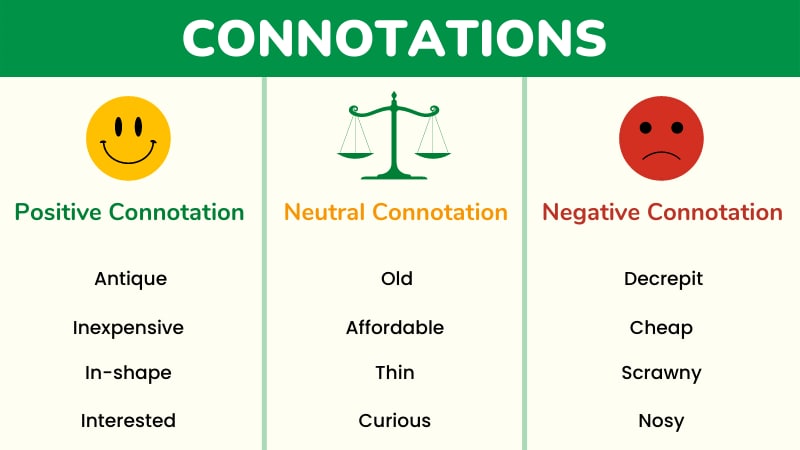Metaphor vs. Analogy - What's the difference?

Metaphor and analogy are literary devices used to make an idea stick in the reader's mind. They function differently as a metaphor is a figure of speech whereas analogy forms a logical argument by virtue of their comparability. Metaphor creates a vivid image in the reader’s mind. The objective of analogy is to demonstrate how two things are similar in order to make a point about their comparison.
What is Metaphor?
A metaphor serves as a figure of speech in writing. It is expressed through a word or phrase that is not used literally but as a representation of lasting effect. It is used to imply a resemblance, but not verbatim.
Metaphor brings life to the writing by using words concisely. A connection is established between the author and the reader through the use of intense imagery and concise choice of words. To comprehend the idea of metaphor, we need to see how they operate in different sentences:
- “He is a raging bull right now.”
This example implies that the person concerned is most likely acting fiercely and in a violent manner. The word “bull” is not used literally; rather, the figurative characteristics are imposed upon that person.
- “I just went through a rollercoaster of emotions.”
This is a metaphor because our emotions can’t literally take a ride on a rollercoaster. It just means that we experienced high and low emotions in quick succession. The fluctuations in emotions feel like being on a roller coaster ride. Metaphor activates visual sensation so the reader can see something that is written in words.
What is Analogy?
An analogy demonstrates the dissimilitude between two things and as a result makes a rational argument. It has significant differences from a metaphor since an analogy implements a logical argument.
It uses the reader’s sense of familiarity to introduce something that is not quite familiar. It facilitates understanding, sharpens the focus on references, and generates deeper meaning. Some examples might clear up confusion about analogy:
- “Explaining a joke is like dissecting a frog. You understand it better but the frog dies in the process.”
In this sentence, a parallel has been drawn between the act of explaining a joke and dissecting a frog. A joke loses its purpose if it has been explained. Similarly, the dissection of a frog may help to explore its anatomy but the frog will no longer be alive by then.
- “You see, wire telegraph is a kind of a very, very long cat. You pull his tail in New York and his head is meowing in Los Angeles. Do you understand this? And radio operates exactly the same way: you send signals here, they receive them there. The only difference is that there is no cat.”
This quote from Albert Einstein explains the divergent nature of the telegraph and radio. To clarify the subject, Einstein invokes the imagery of a cat. The telegraph wires which are interconnected function like different parts of a cat’s body as wires are not a prerequisite for sending radio signals so no cat is needed.
References to familiar terms (cat) help grab a listener’s attention. Then, the explanation of the relationship between two modes of communication consolidates the idea about the requirement of wires.
The Difference Between Metaphor and Analogy
A metaphor points out the similarity between two things through the direct comparison without alluding to it. On the other hand, an analogy shows a comparison between disparate things and draws conclusions from the comparison.
For example, when you say “My brother is a devil” that is a metaphor because you are comparing him to the devil in terms of evilness but there is no further explanation. We’ll have to be informed about the devil beforehand to understand the reference. But if you say - “My brother is such a devil creating nuisance” this is an analogy. Because the elaborate comparison is pointing out the ability to create a nuisance for both parties, thus explaining why they are alike.
Comparison Table
Both metaphor and analogy aim to create mental imagery but they function differently. So it is necessary to find out the fundamental differences between those two. A side-by-side comparison may come in handy -
|
Factors |
Metaphor |
Analogy |
|
Definition |
A word or phrase that is used not literally but as a representation for a vivid effect. |
A literary device creates a logical argument comparing two things to make a point. |
|
Intent |
To stir the reader emotionally. |
To establish a logical argument. |
|
Mode of comparison |
Drawing a comparison by saying one thing is the other. |
Leading a logical conclusion through the comparison of divergent terms. |
|
Example |
Life is a box of chocolates. |
Life is like a box of chocolates. You never know what you’re gonna get. |
Grammar
Read More
- How to Use "Therefore" in Sentences Avoiding Common Mistakes
- How to Use "Whereas" with Examples and Avoid Common Mistakes
- When and How to Use "Thus" Correctly Without Common Mistakes
- How to Use "On the Contrary" Properly with Meaning and Examples
- When and How to Use "Either/Or" with Examples and Common Mistakes to Avoid
- How to Use "On the Other Hand" Effectively without Mistakes
- How to Use "Respectively" with Example and Common Errors to Avoid
- How and When to Use "Moreover" Without Mistakes
- How to Use "Likewise" in Sentences Based on Context & When not to Use
- When & How to Use "Although" in Sentences to Avoid Mistake

